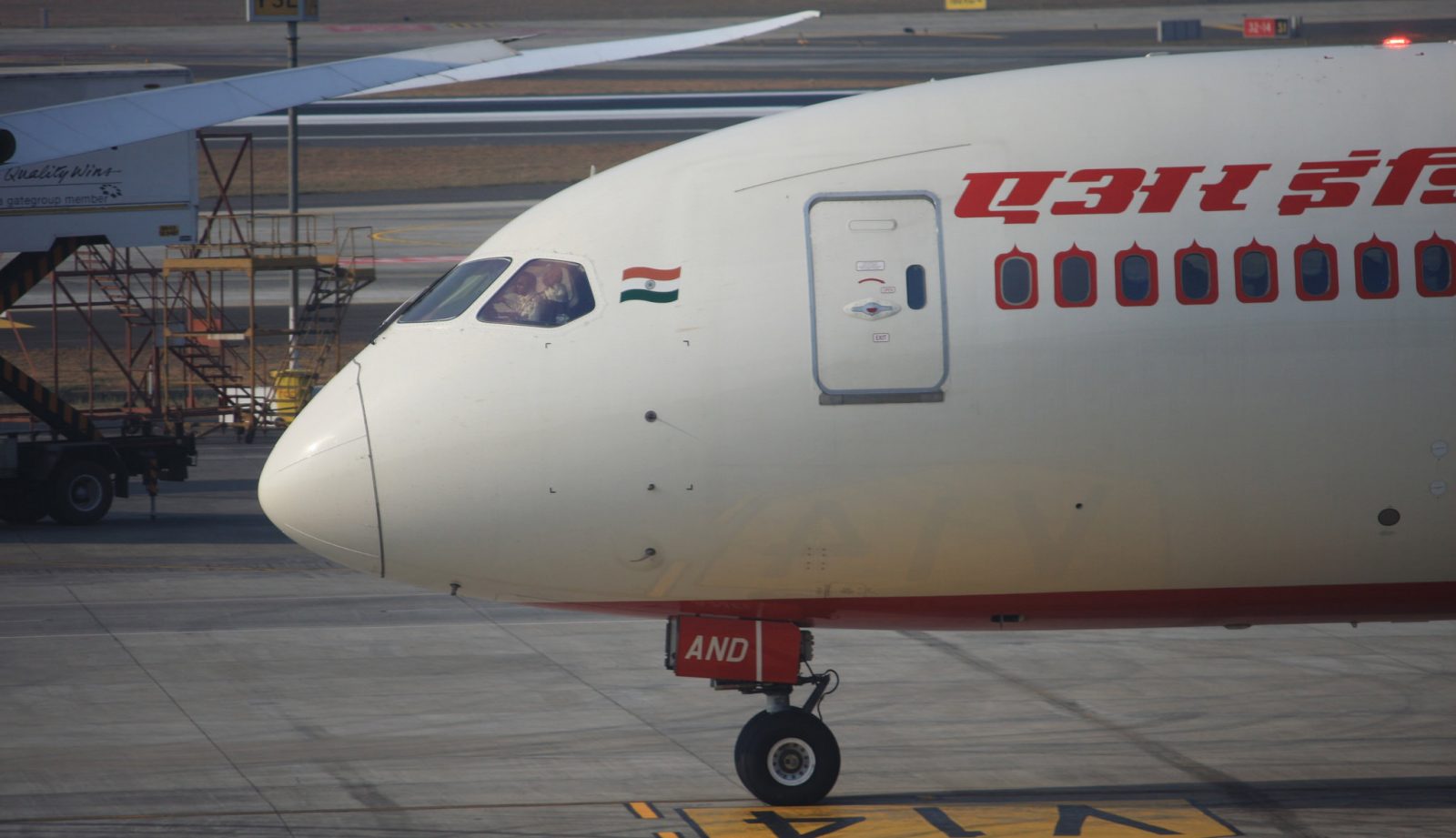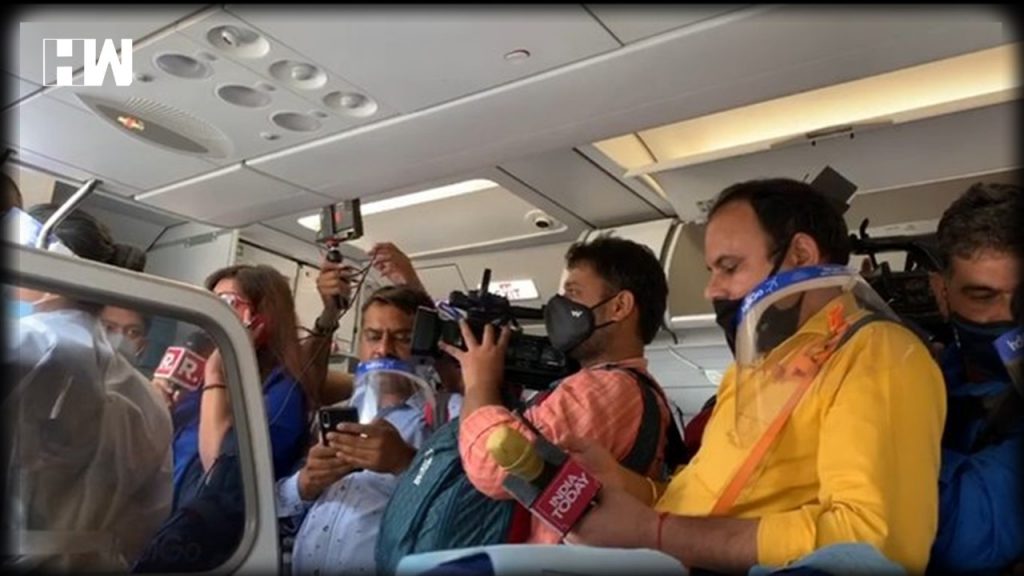
Civil aviation regulators in India have taken drastic action to stop passengers taking photos onboard aircraft and in airports by threatening to ground planes if an airline fails to stop camera-wielding passengers. Under the tough new rules, airlines could be forced to suspend a scheduled flight for up to two weeks if it’s found that a passenger has taken a photo onboard an aircraft on the same route.
The new draconian rules have been introduced after a controversial incident in which a group of journalists and paparazzi descended on Bollywood actor Kangana Ranaut during a recent flight.

Officials at India’s Directorate General of Civil Aviation were said to be furious when images emerged of photographers surrounding the actor on an Indigo Airlines flight from Chandigarh to Mumbai last Wednesday. Journalists and cameramen jostled with one another and crowded in the aisle, ignoring social distancing rules and instructions from cabin crew.
The DGCA has demanded answers from Indigo although the airline says it did everything within its power to stop the chaotic scenes that unfolded on the flight. In a terse statement, the airline said it had already given a full account to aviation regulators, going onto say:
“Our cabin crew, as well as the captain, followed all the requisite protocols, including announcements to restrict photography, follow social distancing and maintain overall safety.”
Photography has actually been banned on Indian-registered airlines for many years and photos or videos should only be taken with the express permission of the DGCA director-general. In reality, the rules are rarely, if ever, enforced.
Similar rules aren’t uncommon – unauthorised photography onboard airlines like Emirates, Etihad and Qatar Airways could lead to arrest and criminal charges. Such extreme measures have been used in the past but enforcement is very rare.
“In spite of these regulations (on photography), it has been noted that at times, the Airlines have failed to follow these stipulations primarily because of lack of diligence on their part,” a circular from India’s DGCA’s noted.
“Needless to say that such deviations result in comprise in maintaining the highest standards of safety and therefore, is not allowed.”
“Keeping this in mind, it has been decided that from now on, in any case any such violation occurs on any Scheduled Passenger Aircraft – the Schedule of flight for that particular route shall be suspended for a period of two weeks from the next day.”
The flight will then only be allowed to restart after the airline has “taken all the necessary punitive action against those responsible for the violation”. Which would likely mean a ban.
Mateusz Maszczynski honed his skills as an international flight attendant at the most prominent airline in the Middle East and has been flying ever since... most recently for a well known European airline. Matt is passionate about the aviation industry and has become an expert in passenger experience and human-centric stories. Always keeping an ear close to the ground, Matt's industry insights, analysis and news coverage is frequently relied upon by some of the biggest names in journalism.







